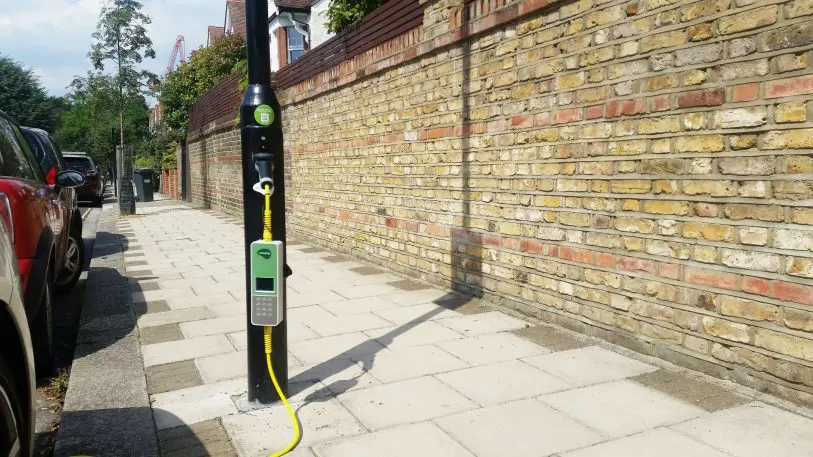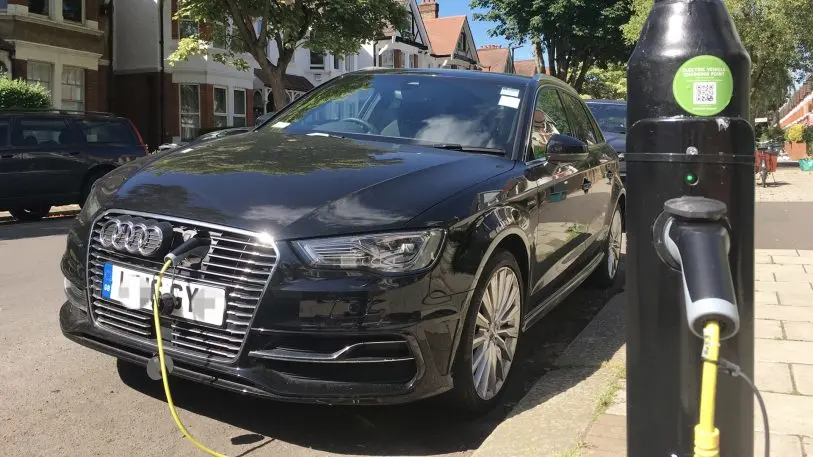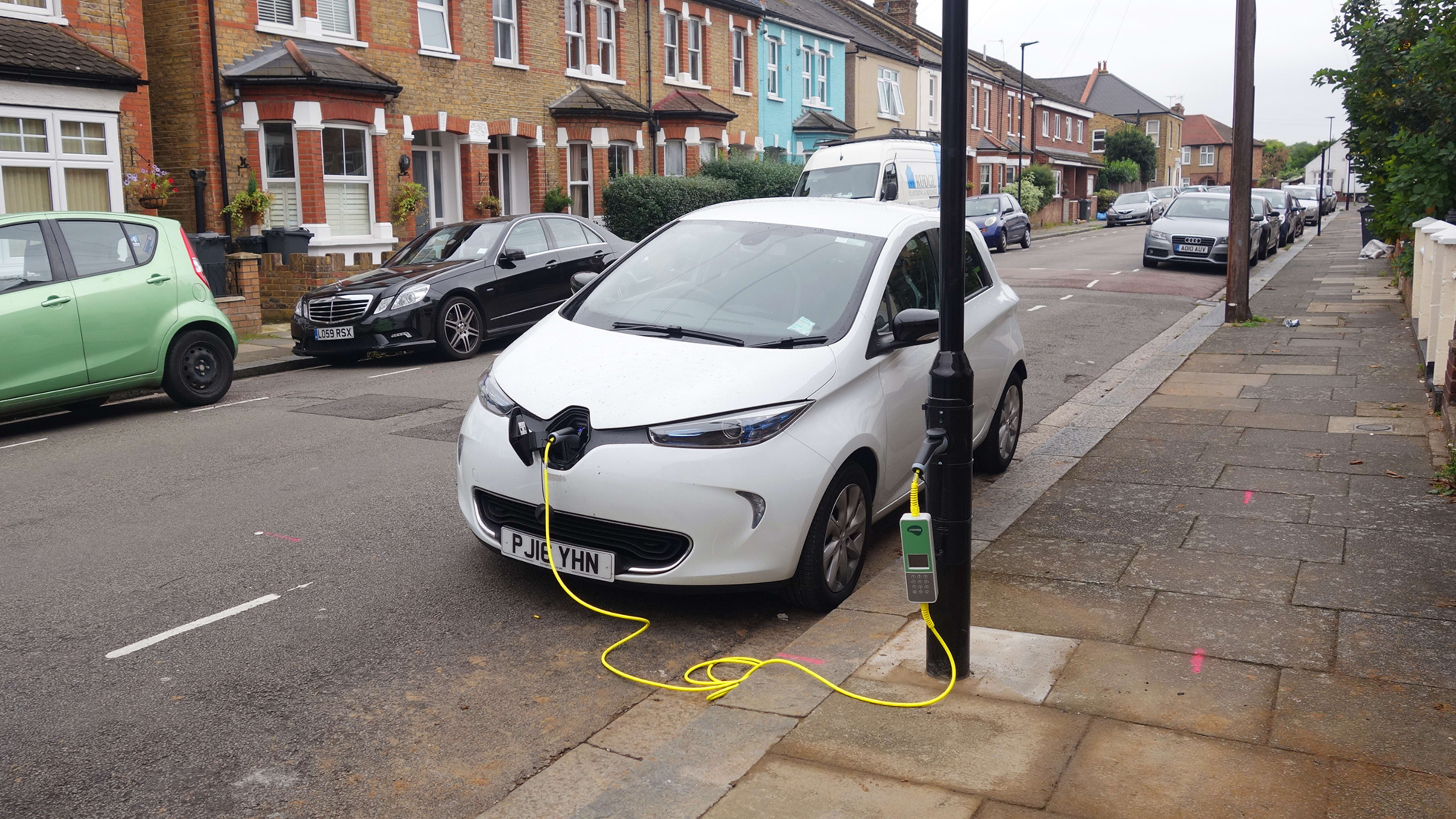An old-fashioned streetlight in the London borough of Westminster–emblazoned with an ornate, golden W–looks essentially the same as it did in the 1950s. But now it’s possible to open a tiny door on the side and plug in an electric car.
The lamppost is one of dozens in London that the German startup Ubitricity has retrofitted to double as charging stations. Unlike typical chargers, the conversion doesn’t take up extra space, and since it relies on existing infrastructure, it’s also cheaper and easier to install at a time when London wants to quickly increase the number of public chargers in the city.

Almost everything that would normally be part of a small charging station–an internet connection and display, along with sensors and technology to measure and control the charging–is part of the charging cable instead in the company’s system. Drivers buy a cable and carry it in their car (in contrast to the U.S., where charging cables are built into stations, bringing your own cable is common in Europe and the U.K.).
After a retrofit that takes less than an hour, power can be drawn from the streetlight’s existing connection to the grid. “In many cities, you have an amazingly strong connection for a streetlight,” says Hechtfischer. “You can do six kilowatts. That means any Tesla, even one that is big and empty, will be full in the morning if you plug it in at night.”
The system is designed to charge a car slowly, and the company isn’t trying to replace stations like Ecotricity’s fast chargers, which can charge electric cars nearly completely in 30 minutes. (London is investing in hundreds of new fast chargers). But since cars spend most of the time parked–the average urban car spends 95% of its time standing still–Ubitricity believes that fast charging isn’t necessary most of the time. The streetlight chargers simply provide an alternative for those who don’t have a driveway or garage with an outlet. The majority of people in London, as in many cities, park on the street.

The charger tracks use and then bills users each month. The same system can also be used in outlets in other locations, such as at work. People who can plug in a car at home can use the system to charge a company car and bill the company directly for the power used, a service that Ubitricity now offers in Germany.
In London–where the government recently calculated that a switch to 100% electric cars would massively strain the electric grid–using streetlights as one main source of charging could help control the demand for electricity. Spikes in demand “can be avoided if you have long, low-power charging, that is also smart,” Hechtfischer says. The charging cables are also designed to work both ways: in the future, cars could help store energy and feed power back into the grid as it’s needed.
Ubitricity has retrofitted 82 streetlights in London and has interest from several boroughs in retrofitting dozens more. The company hopes to raise funds to begin to build partnerships to expand to cities in the U.S.
Recognize your brand’s excellence by applying to this year’s Brands That Matter Awards before the early-rate deadline, May 3.
